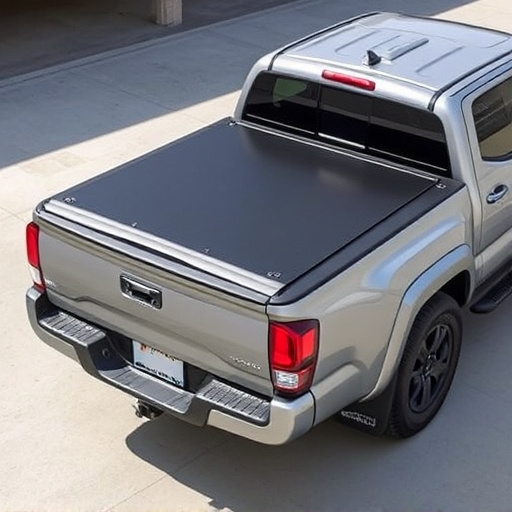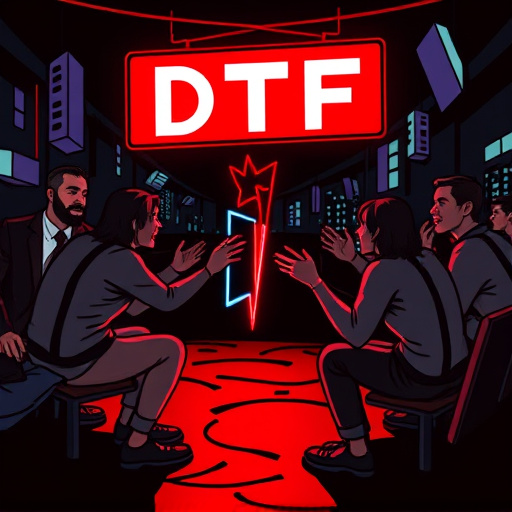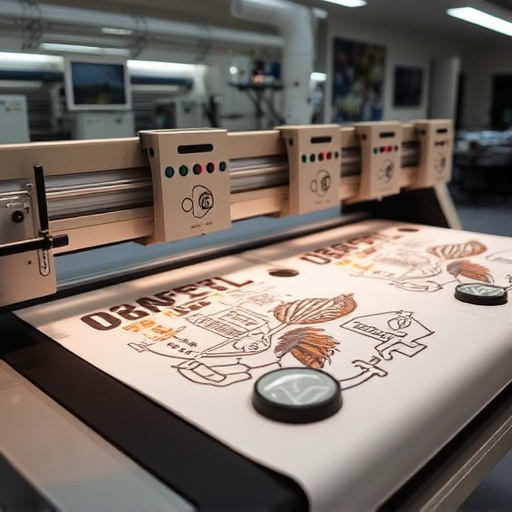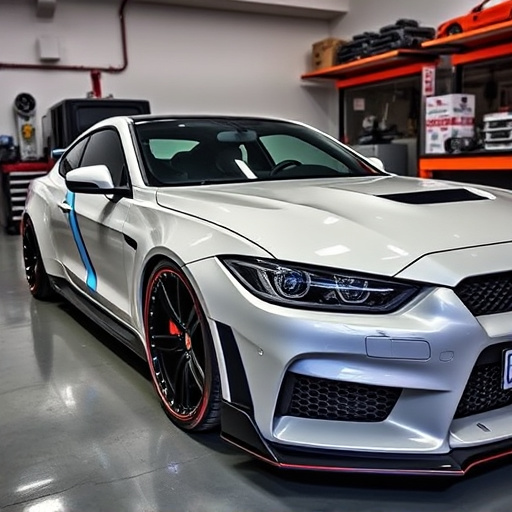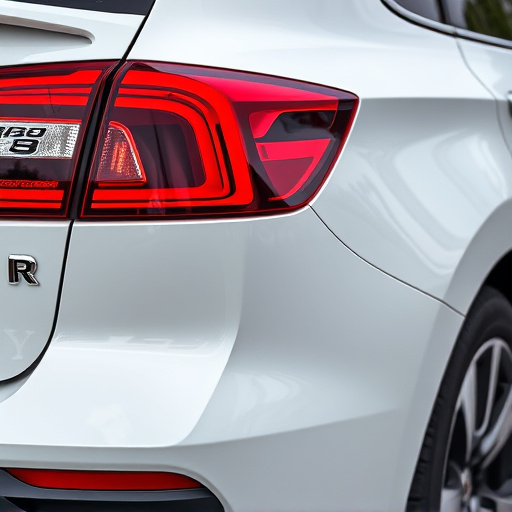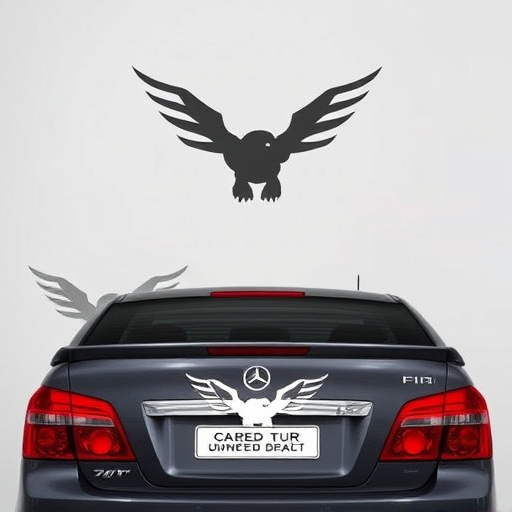Selecting clear, sans-serif fonts for signage design installation enhances readability across various locations and conditions. Strategic layout choices, including concise language, hierarchical organization, contrasting colors, and text-background contrast, facilitate quick comprehension in fast-paced settings. Uncluttered designs with bold fonts, well-organized information, and high-quality materials ensure optimal distance readability and a lasting impression. Adhering to these best practices makes signage design installation both visually appealing and effectively communicative.
Creating clear and impactful signage requires careful consideration of fonts and layouts. This guide delves into the art of choosing high-legibility fonts, mastering layout strategies, and adhering to best practices during installation. From selecting the perfect typefaces to arranging content for maximum comprehension, these principles ensure your signs effectively communicate messages in various settings. Whether for indoor or outdoor use, implementing these design tips will enhance the overall signage design installation process, making your signs more visible and understandable.
- Choosing Fonts for Maximum Legibility
- Layout Strategies for Effective Communication
- Best Practices for Signage Design Installation
Choosing Fonts for Maximum Legibility
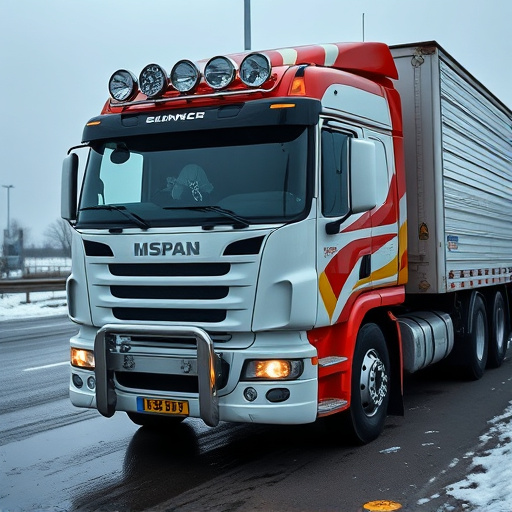
When designing clear signage for any location—be it a retail store, restaurant, or vehicle—selecting the right font is paramount to ensure maximum legibility and impact. The goal is to choose a typeface that’s easy to read from a distance and in varying lighting conditions. Sans-serif fonts like Arial, Helvetica, or Verdana are popular choices for signage due to their clean lines and simplicity. These fonts work well at larger sizes and can be easily seen even when viewed quickly from passing vehicles or pedestrians.
Avoid using complex or ornate fonts that might be aesthetically pleasing but can hinder readability. For instance, while decorative scripts or serif fonts can enhance the visual appeal of a design, they may not translate well into clear signage. Consider the medium as well; for indoor signs, digital displays offer flexibility in font size and style, allowing for more creative choices. In contrast, outdoor signs, especially those exposed to elements like wind and sunlight, demand simpler typesets that remain readable at larger distances and under diverse lighting conditions.
Layout Strategies for Effective Communication

Effective communication through signage design installation relies heavily on strategic layout choices. A well-planned layout ensures that viewers can easily comprehend information at a glance, which is crucial for capturing attention and conveying messages quickly in fast-paced environments. For instance, when designing signs for busy commercial areas or premium automotive service centers, using concise language and organizing content hierarchically can significantly enhance readability.
Consider the use of contrasting colors and adequate contrast between text and background to provide optimal visibility, especially under direct sunlight where UV protection becomes essential. Incorporating a clean, uncluttered design with appropriately spaced elements and clear call-to-action statements ensures that viewers can quickly process critical information. Additionally, for installations offering premium automotive services, utilizing high-quality materials and fonts that are easy to read from various distances can leave a lasting impression on potential customers.
Best Practices for Signage Design Installation

When it comes to effective signage design installation, adhering to best practices ensures your message is conveyed clearly and professionally. Firstly, consider the audience – whether they’re driving by at high speeds or walking through a parking lot, your design needs to be easily readable from a distance. This often means using bold, sans-serif fonts that contrast well against their background, like Arial, Helvetica, or Verdana. Avoid overly decorative or script fonts that can be difficult to decipher quickly.
Additionally, layout is key. Keep designs uncluttered and organized with a clear hierarchy of information. Use appropriate spacing between text elements, signs, and graphics to prevent visual overwhelm. For instance, incorporating premium automotive services or vehicle protection details in signage should be concise yet impactful, utilizing short bullet points or icons alongside the main text. Similarly, consider the material and finish – high-quality materials like corrosion-resistant aluminum or durable vinyl ensure your signs stand the test of time, especially when exposed to elements like sunlight and varying temperatures, which can affect paint protection film over time.
In the realm of signage design installation, clear and effective communication is paramount. By choosing legible fonts and implementing strategic layout techniques, you can ensure your signs are not just seen but also understood by your target audience. Adhering to best practices for installation further enhances their impact, making them vibrant and lasting additions to any space. Incorporating these principles into your signage design will help create visually appealing and informative displays that effectively navigate viewers through various environments.



